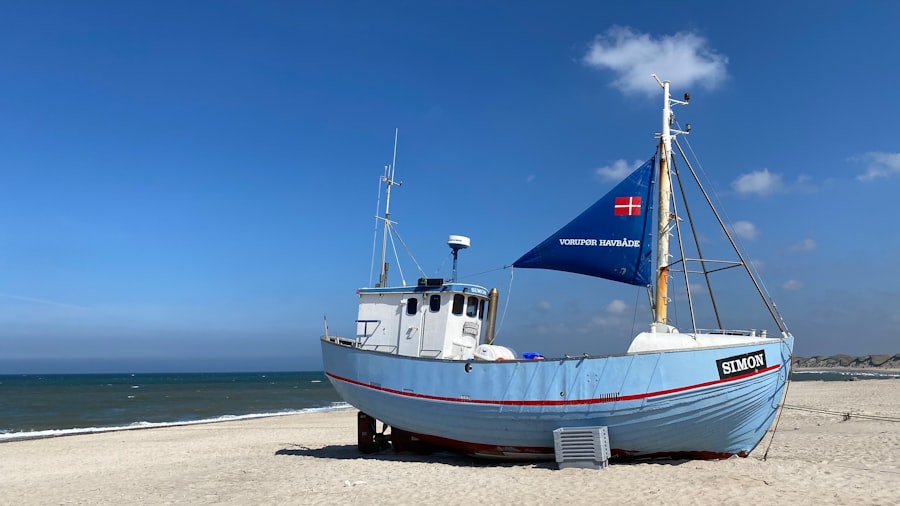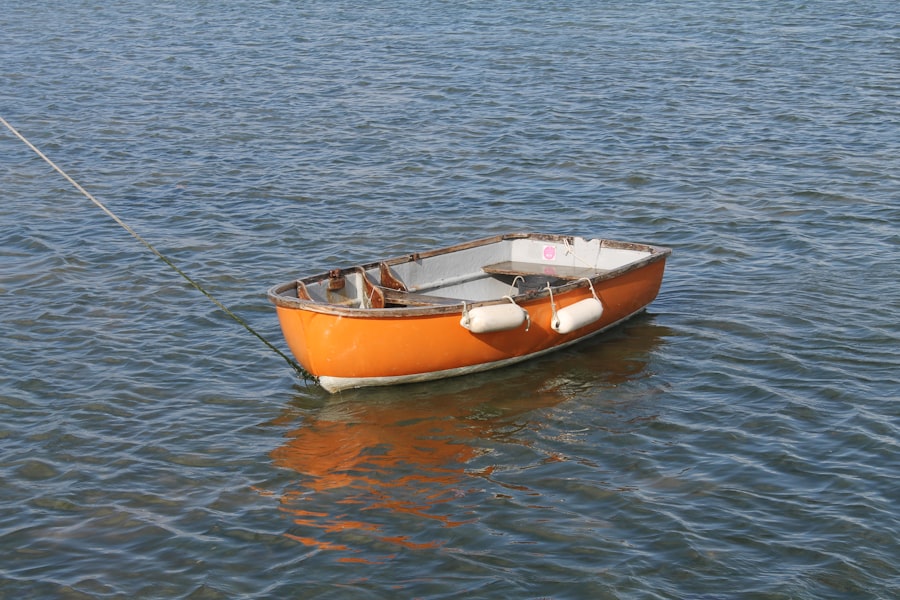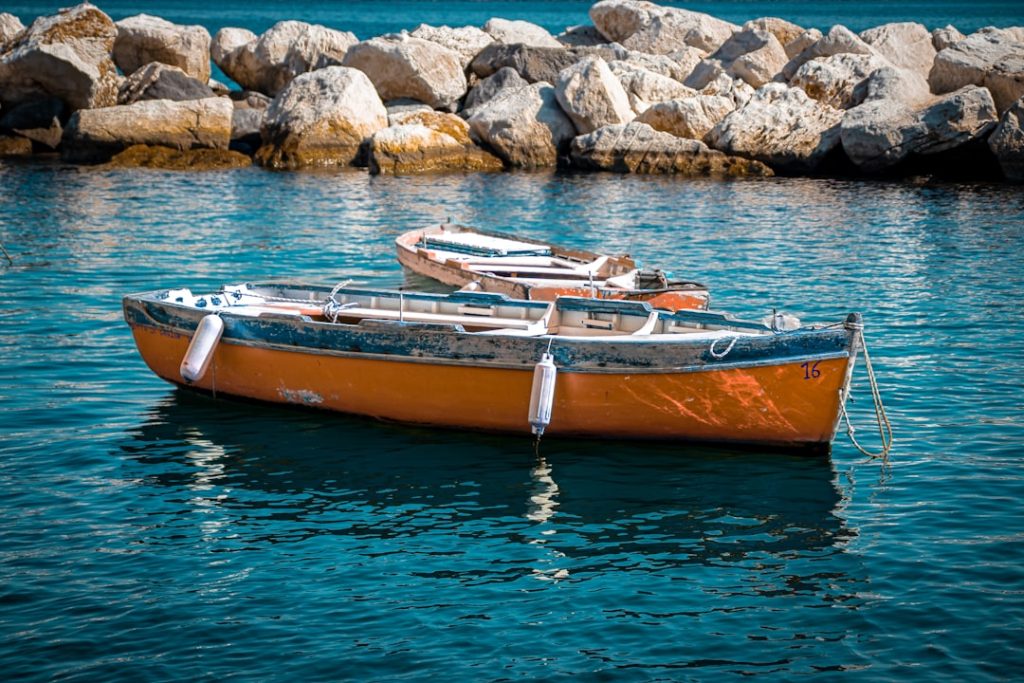When considering the purchase of a catamaran, prospective buyers should prioritize several key factors to ensure they make an informed decision. First and foremost, the condition of the vessel is paramount. A thorough inspection of the hull, rigging, and sails is essential.
Look for signs of wear and tear, such as blisters on the hull, corrosion on metal fittings, or fraying in the sails. Additionally, it is advisable to check the maintenance history of the catamaran. A well-documented maintenance record can provide insights into how well the boat has been cared for and whether any significant repairs have been made.
Another critical aspect to consider is the layout and design of the catamaran. Catamarans come in various configurations, from those designed for luxury cruising to more utilitarian models suited for racing or day sailing. Evaluate the interior space, including the number of cabins and bathrooms, as well as the galley and living areas.
The arrangement should align with your intended use—whether for family outings, entertaining guests, or long-term living aboard. Furthermore, consider the catamaran’s performance characteristics, such as its speed under sail and stability in various sea conditions. A test sail can provide valuable insights into how the vessel handles and whether it meets your expectations.
Key Takeaways
- Consider size, condition, and features when selecting a catamaran for sale.
- Catamarans offer stability, spaciousness, and fuel efficiency benefits.
- Choose a catamaran size that matches your intended use and crew capacity.
- Regular maintenance is essential to keep your catamaran in top condition.
- Engage with catamaran clubs and events to enhance your boating experience.
The Benefits of Owning a Catamaran
Owning a catamaran offers a unique blend of advantages that appeal to both recreational sailors and serious cruisers alike. One of the most significant benefits is stability. The twin-hull design of a catamaran provides a wider beam compared to monohulls, resulting in reduced heeling and a more comfortable ride, especially in choppy waters.
This stability makes catamarans particularly appealing for families with children or those prone to seasickness, as it minimizes the rolling motion often experienced on traditional sailboats. In addition to stability, catamarans typically offer more living space than their monohull counterparts. The dual hulls create ample room for cabins, bathrooms, and communal areas, allowing for greater comfort during extended voyages.
Many catamarans also feature large outdoor spaces, such as sun decks and trampolines between the hulls, which enhance the overall sailing experience. This spaciousness is particularly advantageous for those who wish to entertain guests or spend extended periods on the water. Moreover, catamarans often have shallower drafts than monohulls, enabling them to access shallow bays and anchor closer to shore, providing more opportunities for exploration.
Choosing the Right Size Catamaran for Your Needs

Selecting the appropriate size catamaran is crucial to ensuring that it meets your specific needs and sailing ambitions. Catamarans range from small models around 30 feet to larger vessels exceeding 60 feet. For those new to sailing or looking for a boat primarily for day trips or short weekend getaways, a smaller catamaran may be ideal.
These vessels are generally easier to handle and require less crew, making them suitable for novice sailors or couples. Conversely, if you envision long-term cruising or living aboard your catamaran, a larger model may be more appropriate. Larger catamarans often come equipped with additional amenities such as multiple cabins, larger galleys, and more extensive storage options.
They also tend to have better performance characteristics in open waters due to their increased sail area and stability. However, it is essential to consider not only the size of the vessel but also your ability to manage it effectively. Larger boats may require more experience and crew to operate safely, so assessing your sailing skills and comfort level is vital when making this decision.
Maintenance and Upkeep of a Catamaran
| Maintenance Task | Frequency | Estimated Time Required | Tools/Materials Needed | Notes |
|---|---|---|---|---|
| Hull Cleaning | Monthly | 2-3 hours | Soft brush, marine soap, water hose | Prevents algae and barnacle buildup |
| Engine Inspection | Every 100 hours or seasonally | 1-2 hours | Wrenches, oil, filters, spark plugs | Check oil levels, replace filters |
| Sail and Rigging Check | Before each trip | 30 minutes – 1 hour | Visual inspection tools, rigging lubricant | Look for wear, tears, and corrosion |
| Electrical System Check | Quarterly | 1 hour | Multimeter, cleaning cloth | Inspect battery, wiring, and connections |
| Freshwater System Maintenance | Monthly | 30 minutes | Sanitizing solution, water pump lubricant | Flush and sanitize tanks and lines |
| Safety Equipment Inspection | Monthly | 30 minutes | Checklist, replacement parts as needed | Check life jackets, flares, fire extinguishers |
| Bottom Paint Application | Annually | 4-6 hours | Sandpaper, bottom paint, brushes | Prevents marine growth on hull |
| Bilge Pump Test | Monthly | 15 minutes | Water source for testing | Ensure pump is operational |
Maintaining a catamaran requires diligence and attention to detail to ensure its longevity and performance. Regular inspections are essential; this includes checking the hull for any signs of damage or osmosis, inspecting the rigging for wear, and ensuring that all systems—such as electrical and plumbing—are functioning correctly. A proactive approach to maintenance can prevent minor issues from escalating into costly repairs down the line.
Cleaning is another critical aspect of upkeep. Saltwater can be corrosive, so rinsing down the boat after each outing is advisable to remove salt deposits that can damage surfaces over time. Additionally, regular cleaning of the sails and canvas can prolong their lifespan and maintain their effectiveness.
It’s also important to keep an eye on the engine and other mechanical systems; routine oil changes and filter replacements are necessary to keep everything running smoothly. Many catamaran owners find it beneficial to create a seasonal maintenance checklist that outlines tasks such as antifouling the hull, servicing the engine, and inspecting safety equipment.
Planning Your Ultimate Water Adventure with a Catamaran
Planning an adventure aboard a catamaran involves careful consideration of various factors that can enhance your experience on the water. First, determine your destination and the type of sailing experience you desire—whether it’s island hopping in the Caribbean, exploring coastal waters in New England, or embarking on an ocean crossing. Each location offers unique challenges and rewards; understanding these will help you prepare adequately.
Once you have a destination in mind, consider your itinerary carefully. Research local weather patterns, tidal currents, and potential anchorages to ensure safe navigation throughout your journey. It’s also wise to plan for contingencies; having alternative routes or destinations can be invaluable if weather conditions change unexpectedly.
Additionally, consider provisioning your catamaran with enough supplies—food, water, fuel—to last throughout your trip while allowing for some flexibility in case you decide to extend your stay at a particular location.
Exploring Different Destinations with Your Catamaran

One of the most exhilarating aspects of owning a catamaran is the ability to explore diverse destinations at your leisure. The versatility of these vessels allows sailors to access remote islands and hidden coves that may be unreachable by larger ships or traditional boats. For instance, cruising through the British Virgin Islands offers an array of stunning anchorages where you can enjoy pristine beaches and vibrant marine life.
In contrast, sailing along the Mediterranean coast presents opportunities to visit historic ports such as Dubrovnik in Croatia or Santorini in Greece. Each destination has its own unique culture and attractions that can enrich your sailing experience. Moreover, many regions offer organized sailing rallies or events that allow catamaran owners to connect with fellow sailors while exploring beautiful locales together.
This sense of community can enhance your adventures as you share experiences and tips with like-minded individuals.
Safety Tips for Catamaran Owners
Safety should always be a top priority for catamaran owners, regardless of their level of experience. One fundamental aspect of safety is ensuring that all safety equipment is onboard and in good working order before setting sail. This includes life jackets for all passengers, flares for signaling emergencies, a first aid kit stocked with essential supplies, and fire extinguishers strategically placed throughout the vessel.
Additionally, understanding weather patterns is crucial for safe sailing. Before embarking on any journey, check local forecasts and be aware of any potential storms or adverse conditions that could impact your plans. It’s also wise to have a reliable means of communication onboard—such as a VHF radio or satellite phone—to stay connected with other vessels or emergency services if needed.
Finally, practicing man-overboard drills with your crew can prepare everyone for emergencies should they arise while at sea.
Joining the Catamaran Community: Clubs and Events
Becoming part of the catamaran community can significantly enhance your sailing experience by providing opportunities for networking, learning, and socializing with fellow enthusiasts. Many regions have local sailing clubs dedicated specifically to catamarans where members can participate in organized races, social events, and educational workshops focused on various aspects of sailing. Attending boat shows or sailing festivals can also be an excellent way to immerse yourself in the community while discovering new products and technologies related to catamarans.
These events often feature seminars led by experienced sailors who share valuable insights on topics ranging from navigation techniques to maintenance tips. Engaging with other catamaran owners at these gatherings fosters camaraderie and can lead to lifelong friendships built around a shared passion for sailing. In conclusion, owning a catamaran opens up a world of possibilities for adventure on the water while providing unique benefits such as stability and spaciousness.
By carefully considering factors like size, maintenance needs, safety precautions, and community involvement, prospective owners can ensure they make informed decisions that enhance their sailing experiences for years to come.


